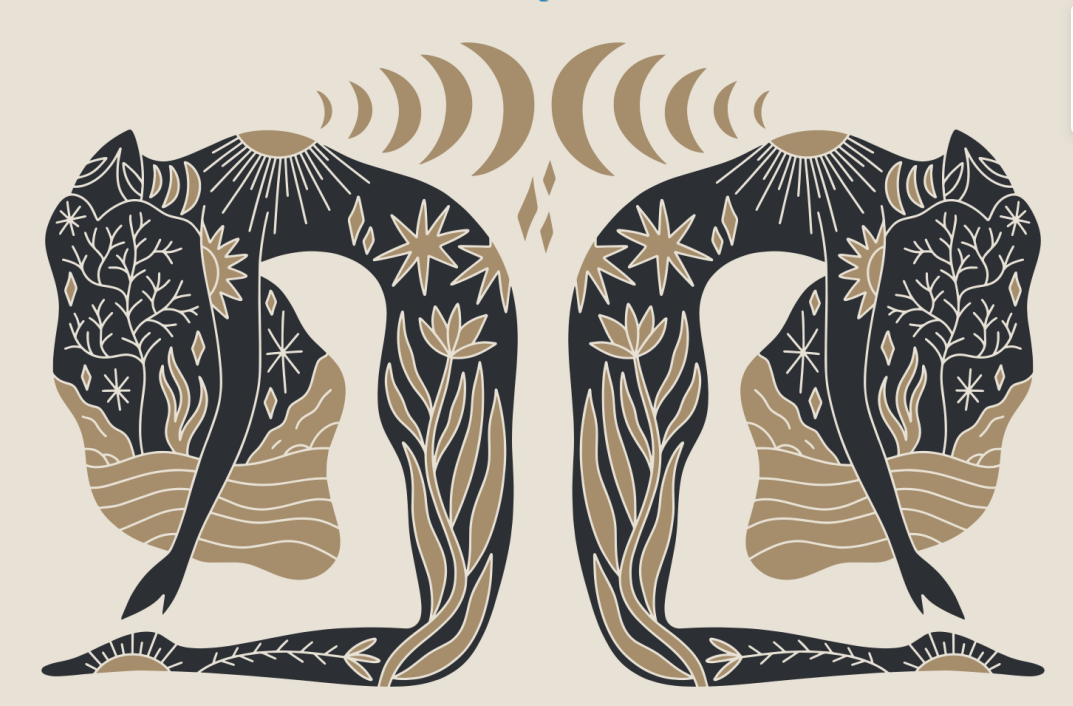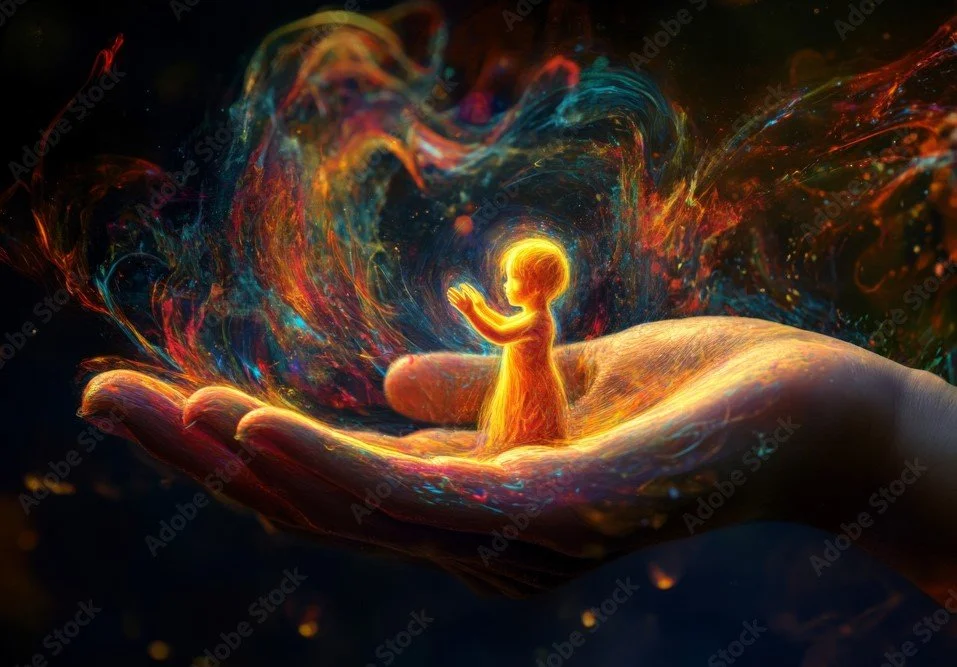Inner Peace for Outer Impact
Rewrite your reality to expand the life around you
Shadow Work to Heal Your Inner Child
We all have parts of ourselves that we’ve buried; old wounds, fears, and patterns that were formed in childhood and reinforced over time. These hidden aspects, known as the shadow self and the inner child, influence our thoughts, emotions, and behaviours in ways we may not even realise.
Healing isn’t about fixing what’s “broken,” it’s about embracing all parts of yourself with love and understanding. Whether through one-on-one coaching, group workshops, or guided self-exploration, our mission is to help others reclaim their inner light and live with greater clarity, confidence, and emotional freedom. Heal your roots by nurturing the child within.
Coaching to Transform the Inside & Elevate the Outside
We believe that personal effectiveness, the ability to build your dream life and sustainable leadership, don’t come from fixing what’s broken, they come from integrating what’s been hidden.
Our coaching approach blends the depth of shadow work, the clarity of archetypal psychology, and the rigour of organisational and leadership development to help individuals remove internal blockers, unlock potential, and lead with authenticity.
Change and Transformation Consulting
At Held & Healed, we believe that the most powerful organisational change begins within. Our work sits at the intersection of strategy, organisational development, leadership transformation, and business psychology, enabling change management through behavioural science.
We support leaders, teams, and change-makers to move beyond surface-level strategies and into the heart of sustainable transformation.
Testimonials







